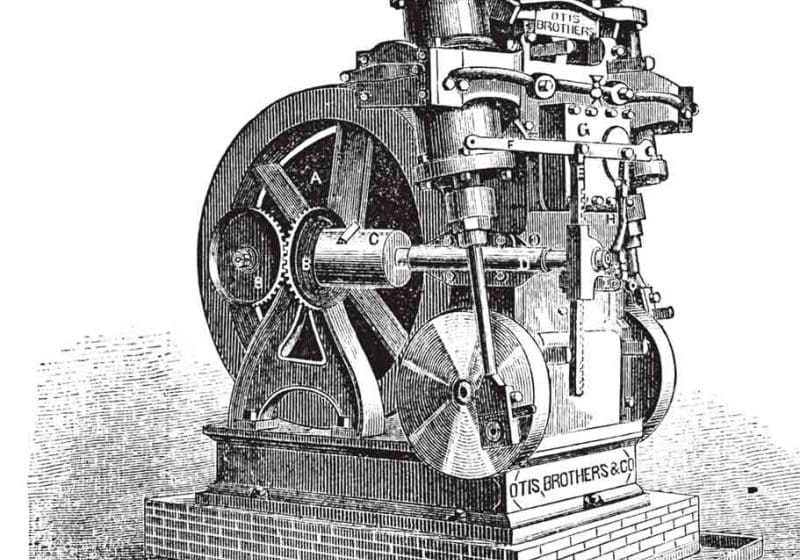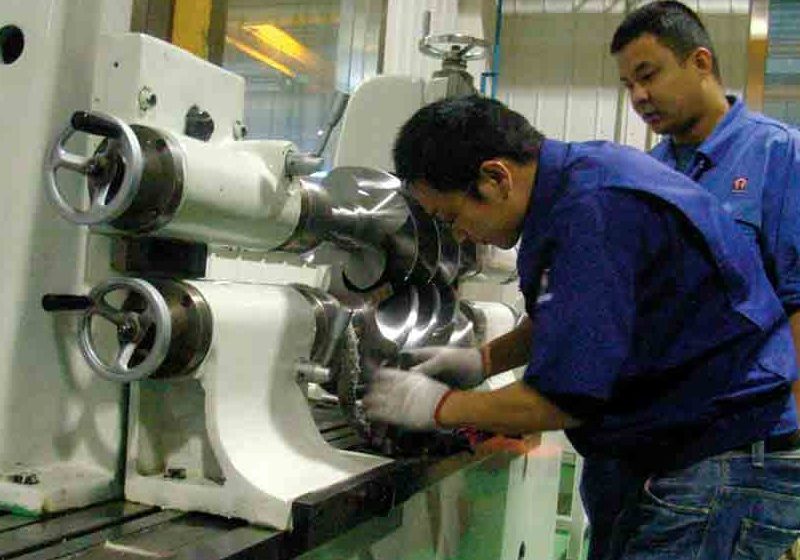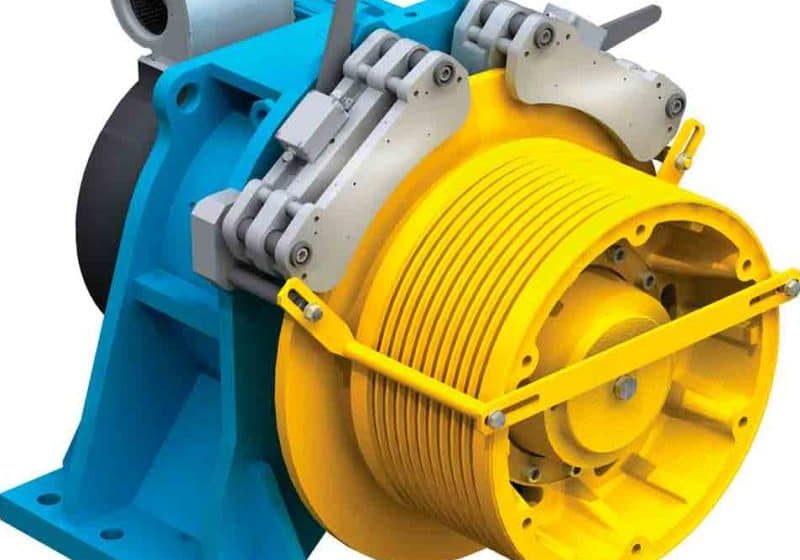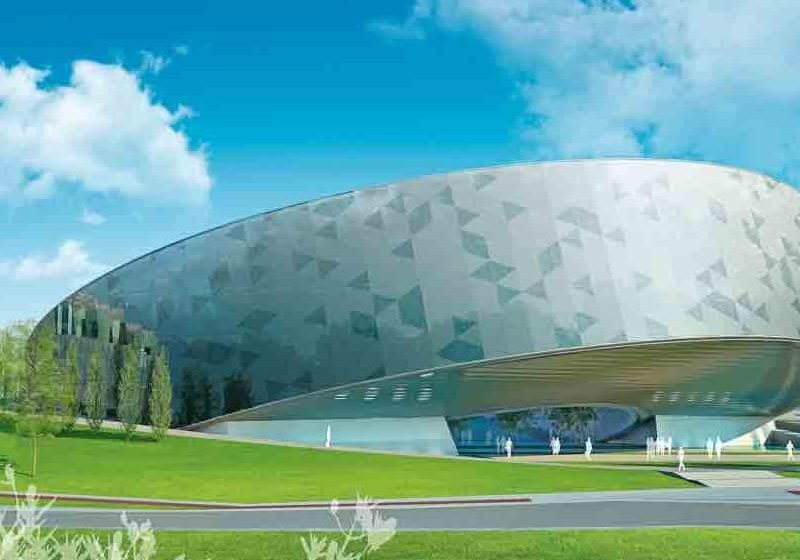Beat De Coi
Mar 1, 2012

Swiss entrepreneur Beat De Coi, leader of Cedes and Espros, pushes innovation as the key to success.
Swiss entrepreneur Beat De Coi has always believed in setting the pace and pushing the boundaries. His first summer job entailed 9-hr. shifts of packing nails into delivery crates. That earned him his first five-speed bicycle. Since, he has hit the nail on the head, so to speak, when it comes to business. Now with an Electronics degree and a Master’s in Operational Management and Logistics, De Coi busies himself with running two Swiss companies he built from the ground up.
Twenty-six years ago, Cedes was based in the De Coi family’s small apartment. Here, De Coi worked on computers and coffeemakers before graduating to fuses for grenade launchers. Then, the first tentative steps into the world of automatic doors and elevators were taken with the design of a single-beam sensor for door manufacturer agta record ag and a hoistway information sensor for Schindler. Both companies remain loyal and valuable customers of Cedes today, more than 25 years later.
Cedes, founded by De Coi with his wife, Brigitte, and another individual, has also become the leading supplier of infrared sensors and light curtains for other elevator companies such as Otis, KONE and ThyssenKrupp Elevator. With its headquarters in the imposing Science Park in Landquart in Switzerland’s Rhine Valley, Cedes AG now employs almost 500 people in 18 entities across Europe, the U.S., China and Southeast Asia.
The company’s technology has become an integral part of elevator design. De Coi remembers Cedes’ first move into the elevator industry:
“I founded Cedes as an engineering company developing optical sensors. One of our first products was an optical hoistway information sensor, the GLS 120. This sensor revolutionized the elevator industry by using optoelectronic technology for the first time in the hoistway. Cedes has continued to be a pioneer in this regard, and it has been onwards and upwards since then.”
De Coi has never been one to sit on his laurels. Thus, Cedes also produces safeguarding sensors and light curtains for both safety-and-automation and door-and-gate branches.
In 2006, De Coi set up Espros Photonics Corp., which specializes in novel semiconductor processes and chip design for the next generation of optical sensors, complementary metal-oxide semiconductor cameras and similar technology. Its new headquarters outside the Gonzen mountain in Sargans (also in the Rhine Valley) was opened last year. Completion work on the US$100-million Mountain Fab complex has been delayed in the wake of the current global volatility. However, that has not stopped De Coi from putting it to full use. It currently boasts a large training/playing field for the local indoor hockey club, as well as another section operating as a gym.
Despite his business successes, De Coi will readily admit he would much prefer to tinker with some electronic gadget (preferably taking it apart) than sit in the boardroom discussing strategies. This fascination helped him two decades ago in deciding where his future lay. He reveals:
“I was addicted to understanding technical stuff. My engineering thesis at the university was the development of an autopilot for the [Douglas] DC-8 aircraft based on novel control technology. In addition to that, everything engineered must make sense from an economic and ethical viewpoint. Thus, technology combined with economic objectives determined my entire professional life.”
De Coi wouldn’t say he had a specific mentor but considers a number of entrepreneurs as good examples to follow. One piece of advice he gives to all is to listen:
“Listening to the customer sounds so easy, but it is, in fact, very hard to do. Thus, I firmly believe in always trying to exceed your customers’ expectations; in other words, to always offer them ‘More than you expect’!”
The biggest challenge the Cedes and Espros president faces with his double mandate is finding suitably qualified engineers:
“In Switzerland, we have experienced a drop-off in the number of well-educated engineers. In my opinion, many of the universities do not educate the fundamentals of physics and engineering [intensively enough]. Since the various universities often issue Bachelor’s and Master’s degrees on the basis of wildly varying performances, it’s extremely hard to select. . . really well-educated engineers.”
De Coi is actively involved in trying to remedy the situation. He is on the board of the University of Applied Sciences in Chur, Switzerland, where he places great emphasis on the fundamentals of an engineering education.
De Coi believes there is “still a lot of room for improvement” in the industry, which can be achieved by applying novel concepts and technology. He offers encouraging advice to someone thinking of entering the elevator industry: “The elevator is a high-tech product in a very stable and predictable industry. It offers an extremely wide range of professional opportunities in a reasonably sized market.” Asked if there is anything he would do differently in his career if he had the chance, De Coi answers with a simple but resounding, “No.”
The introduction of the first optical hoistway information-system sensor and the use of infrared light curtains to safeguard elevator doors are two of the projects of which he is most proud to have been behind, stating, “Both technologies paved the way for better and safer elevators. And both were pioneered by Cedes.” Questioned as to whether there is a particular project of which he is aware and whose leaders’ brains he would like to pick, De Coi immediately responds, “All the ones I’m involved in! Developing semiconductor technology for 3D cameras, for optical-safety door interlock switches and for novel hoistway positioning systems.”
De Coi has great admiration for all the small to medium-sized suppliers within the elevator industry:
“Without their expertise, their cleverness, their passion and their power to innovate, the elevator industry would be an inflexible and dull colossus. Instead, thanks to them, it is a very fast motorboat.”
Because of the recessive trend in the global economy, predicting the future accurately is difficult, says De Coi. “However, there is still room for improvement, and since people want to enjoy more comfortable and safer lives, elevators are an important factor in this mega trend,” he explained.
De Coi’s suggestion on how to survive a recession is comprised of a single word: “Innovation!” A member of both the International Association of Elevator Engineers and Institute of Electrical and Electronics Engineers, De Coi sees cost cutting as a trend within the elevator industry that has to be very carefully monitored. “Cost cutting to the point where the elevator becomes unsafe and unreliable should be prohibited. Such products damage the image of our industry,” he stresses.
When he’s not working, De Coi enjoys spending time with his family, playing music, traveling and reading. The De Cois, married since 1981, have a 28-year-old daughter and 25-year-old son. They live in De Coi’s native canton of Sargans, nestled at the foot of the Alps, close to both ski resorts and the country’s financial capital of Zurich. The last book he read that was not elevator related? Single Photo Imaging by Peter Seitz, though perhaps he can separate business from his reading lists when he has the chance to renew his travels. Still, music is De Coi’s greatest hobby, as he quips:
“I play the slide trombone and piano and play jazz with a number of bands. I wouldn’t consider myself an artist – more a solid craftsman. It does mean that I get to play with real artists, though!”
With such a full personal life, does De Coi entertain thoughts of retiring? The 54 year old gives the answer anyone who knows him would expect: “Not in the next couple of years.”
Get more of Elevator World. Sign up for our free e-newsletter.







